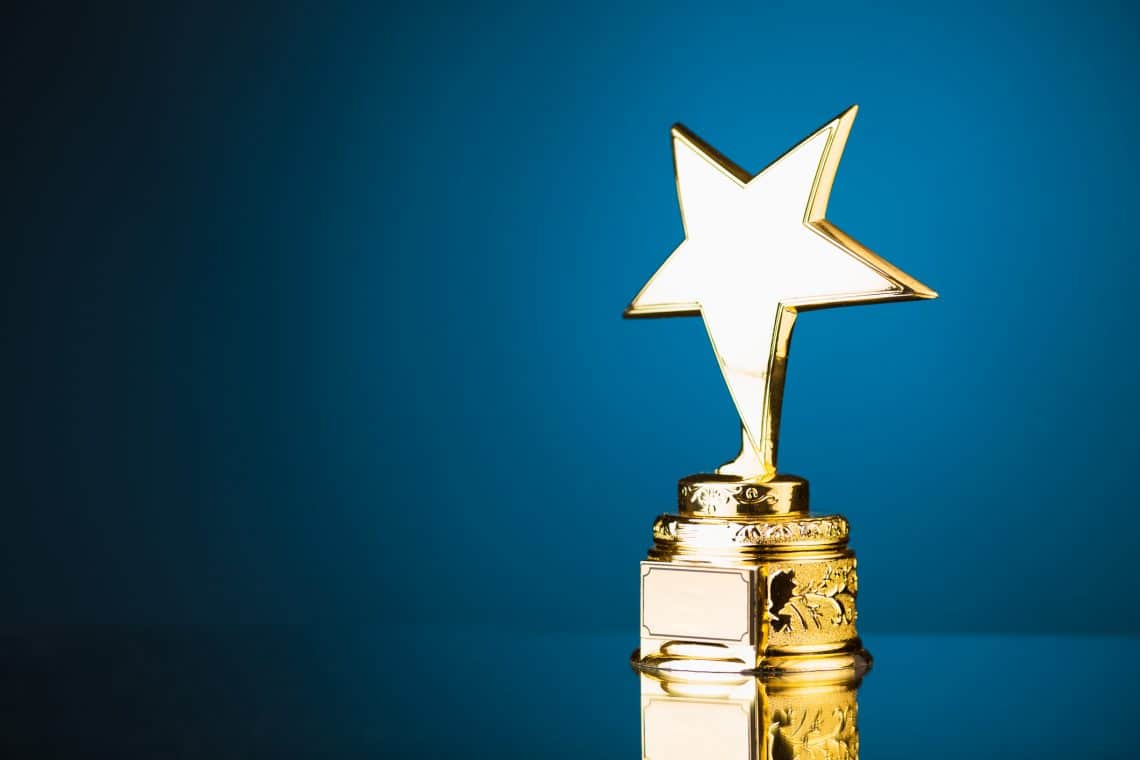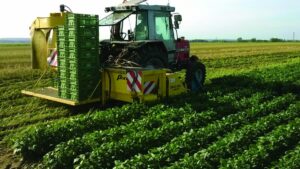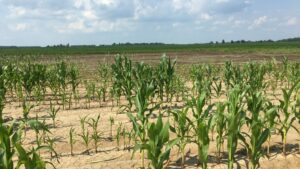The 2017 Innovation Celebration highlighted ground-breaking technology from Michigan State University (MSU) labs and startup companies from across campus. Advanced automotive materials, electron microscopy, gene therapies and many more fascinating technologies were showcased, along with new startup companies.
The MSU Innovation Center recognized the MSU Innovator of the Year, Innovation of the Year and an award for Technology Transfer Achievement. Commended for their perseverance and creativity at the MSU Innovation Celebration, awardees were presented with plaques and a cash prize.
“The road to creating something new is a long process that requires hard work, dedication and immense creativity. The technologies and companies being created by MSU faculty and students are something that needs to be shared with our community and the world,” said Charles Hasemann, assistant vice president for innovation and economic development at Michigan State University and MSU Innovation Center executive director. “The Innovation Center is here to provide resources and make it possible for MSU faculty and students to continue on the path of creativity.”
The 2017 Innovation of the Year award goes to Gregg Howe, MSU Foundation professor in the department of biochemistry and molecular biology, for his work in a relief-of-repression strategy for improving plant growth and pest resistance. Due to his breakthrough research, Howe and his team are the first to have found a way to “upset the paradigm” of having to choose between a plant’s ability to grow quickly and its ability to fight off pests by creating a plant no longer bound by this energy tradeoff.
By altering a defense hormone repressor and “knocking down” a light receptor of an Arabidopsis plant, a plant is created that can both grow fast while simultaneously defending itself against insects and pathogens. Currently, Howe is translating the “relief-of-repression” strategy from a model laboratory plant to crop plants. Successful translation of this approach to crops will have major implications for agriculture.
Agricultural production needs to increase by 70 percent to 100 percent in order to feed the world’s growing population, which is expected to reach 9 billion by 2050. Relief-of-repression promises to increase productivity while lowering pesticide inputs.
The 2017 Innovator of the Year is James Kelly, university distinguished professor in the department of plant, soil and microbial sciences. Kelly’s research includes dry bean breeding and genetics with emphasis on the use of molecular markers to assist in the selection for yield, plant architecture, processing quality, drought tolerance and disease resistance. Through his work, he has developed 47 bean varieties in 14 market classes over the past 35 years. This is despite the huge challenges that face bean production, including high plant costs, production on primarily marginal lands and limited investment in research.
His achievements in the field include a navy bean called C-20, which has led to many black bean and navy bean descendants, and his recent 2015 release, Samurai, which is grown in Michigan and is used in Japan where it is processed into a bean paste used in many Japanese baked goods and sweets.
The 2017 MSU Technology Transfer Achievement Award goes to James Dye, university distinguished professor, emeritus, in the department of chemistry. Dye’s six decades of research on alkali metals have resulted in the development and commercialization of numerous ways to make them safer, allowing them to be used in a variety of applications that have impacted multiple industries, including pharmaceuticals, petroleum refining and fuel cell production.
In 2005, Dr. Dye co-founded SiGNa Chemistry Inc., which uses his work to transform alkali metals into safe powders. SiGNa develops high performing, cost‐effective chemical products that are also environmentally safe. Throughout his prolific career, Dye received prestigious awards and professional honors far too numerous to mention. He is a member of the National Academy of Sciences and the American Academy of Arts and Sciences, and was recently elected to the National Academy of Inventors as a Fellow. He received the American Chemical Society National Award in Inorganic Chemistry in 1997, and SiGNa received the Presidential Green Chemistry Challenge Award in 2008.
A full list of faculty and student startup exhibitors can be found online.













